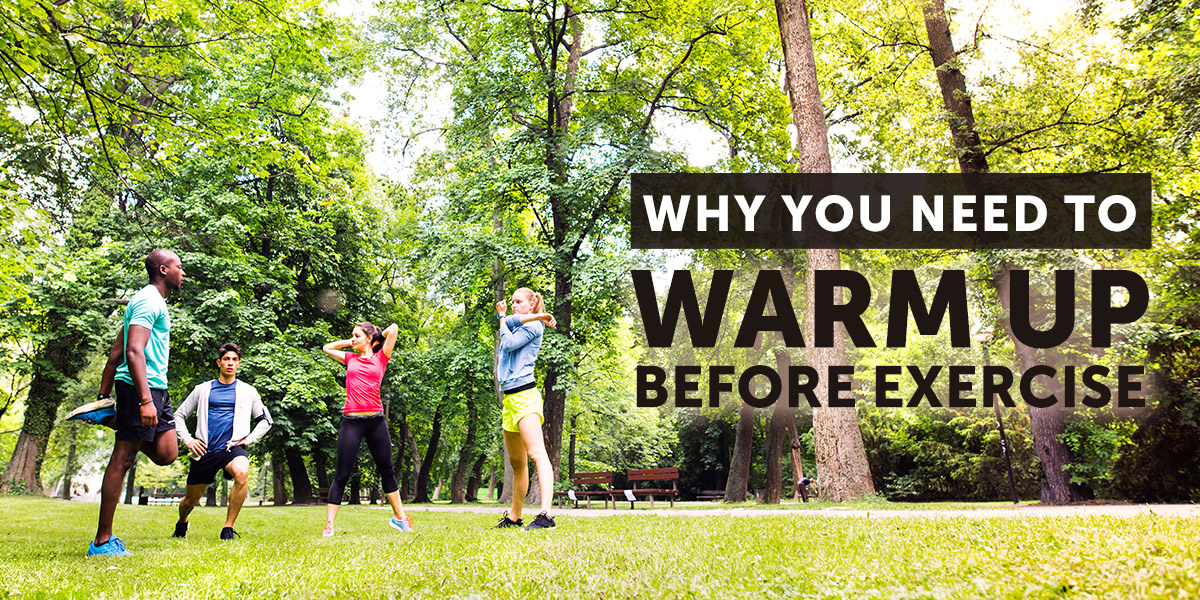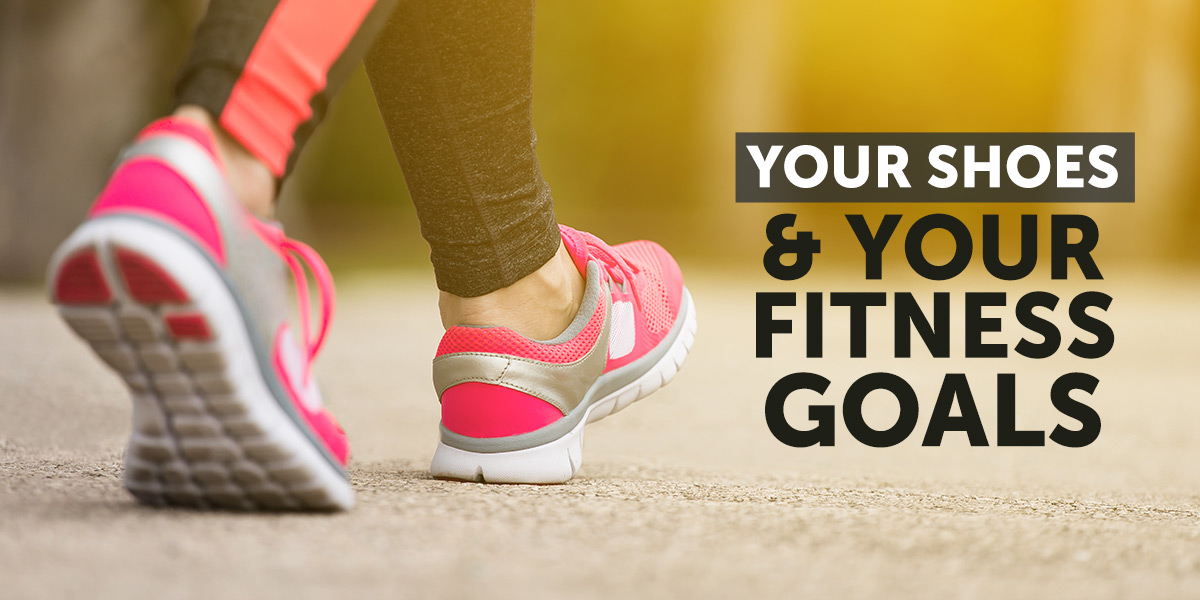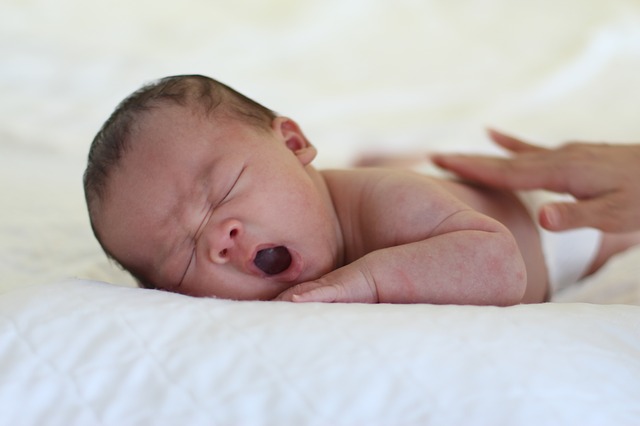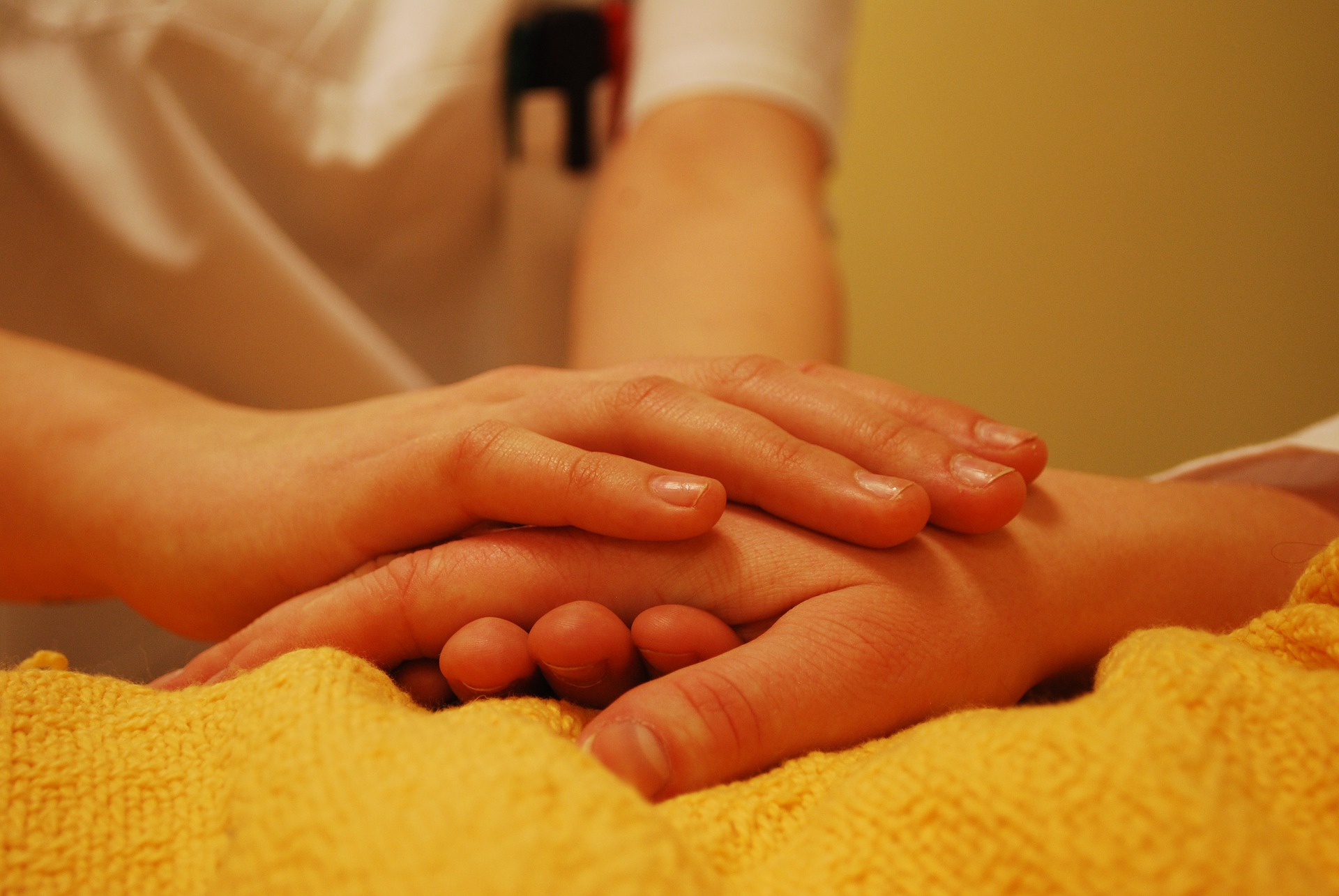Ever wondered why your feet are super sore after a run? Or why your knee is doing that weird thing again? Or why you’re not hitting the fitness goals you set for yourself because of injury setbacks?
Your shoes could hold the answer to all these questions.
Just like there are different types of clothes for different occasions, there are a range of shoes that are the best (and worst) fit for the type of exercise you’re undertaking.
The ranges of running shoes have everything from extra cushioning and shock absorption, to types that are designed to feel like you’re barefoot. Then you have hiking shoes for uneven surfaces, walking shoes that provide extra support in the arch, and cross trainers to take you from exercise A to exercise B.
Put simply, there are a lot of different shoes for a lot of different exercise types, and for good reason!
Are your shoes offering enough stability?
Lots of exercises call for varying levels of stability. If you play a sport that involves a lot of jumping and landing, sharp pivoting or sudden changes in direction, then high stability and ankle support is an essential for your shoes.
On the flipside, running shoes tend to preference extra cushioning and shock absorption over high levels of stability.
Wearing your running shoes to your sports game could mean the difference between landing that shot or spraining an ankle!
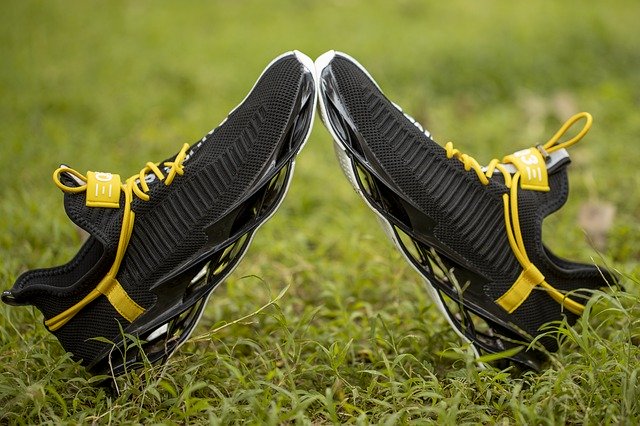
Are your shoes the right size?
Ill-fitting shoes can be the cause of many injuries and discomforts that affect your performance during exercise. If your shoes are too small, you will bunch your toes up which can cause grazing, bruising, and over long periods, a condition called ‘Hammer Toe’ where your large toe curls downward instead of straight forward.
If your shoes are too large, your feet will lose stability and muscles and tendons will become overworked and overstretched, leading to pain during and after exercise, and in more serious cases, stress fractures and plantar fasciitis.
Are your shoes too worn?
A lot of us have a favourite pair of exercise shoes that we’ve worn for years and have probably smelt better. The problem with using those old reliable shoes is that after a certain amount of mileage, they become ineffective and can cause more harm than good.
Worn out shoes lose a lot of their cushioning, grip, and general integrity over long term use which can mean a complete imbalance of your weight shifting while you exercise, and no adequate support for your feet.
Look at replacing your shoes every 6-12 months depending on your level of activity.
The best way to ensure you’re wearing the right shoes for the right exercises is to speak to a professional who can match your shoes to your foot type, exercise type, and overall support needs tailored to your feet to get the best out of your body.
NOTE: This blog content was authored by James Crook of Massage Champions, and he gave me permission to format and share it with you.

